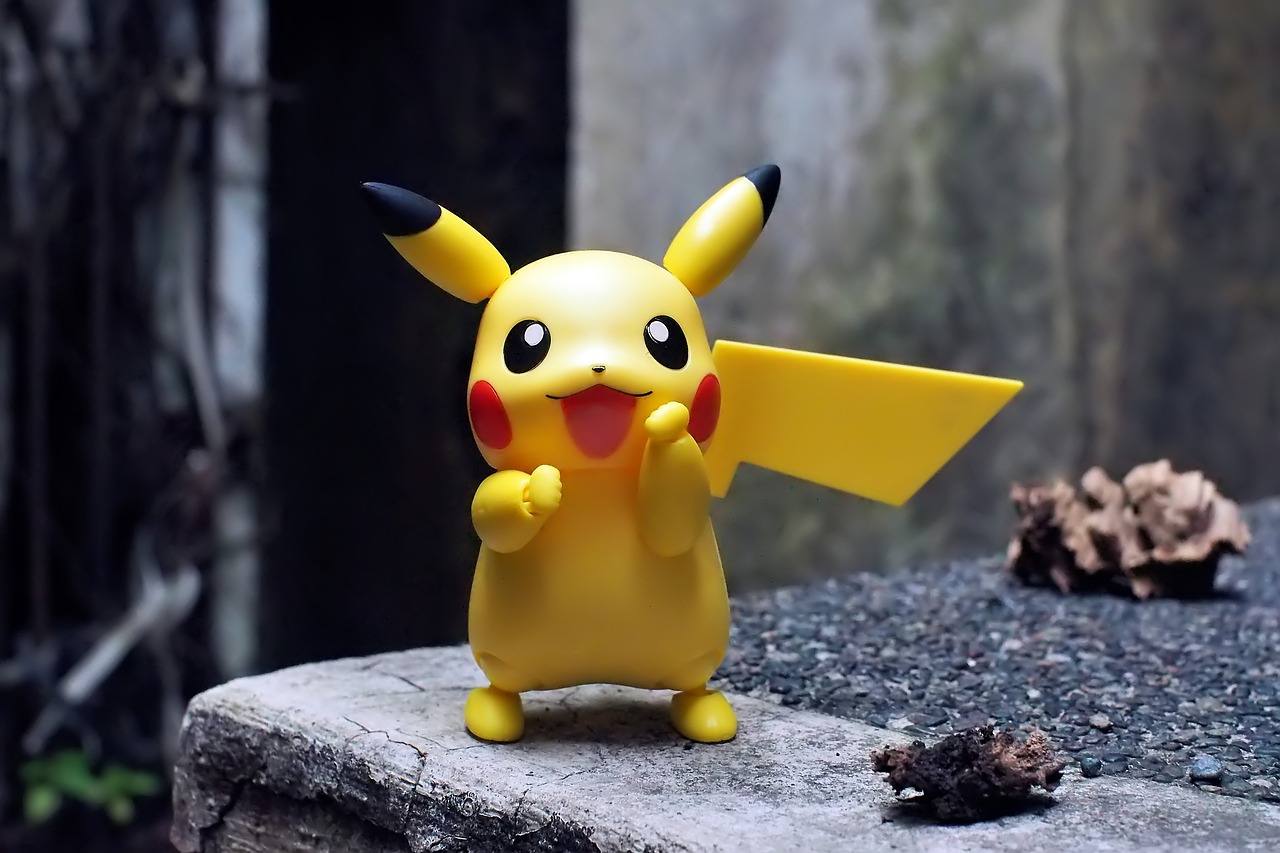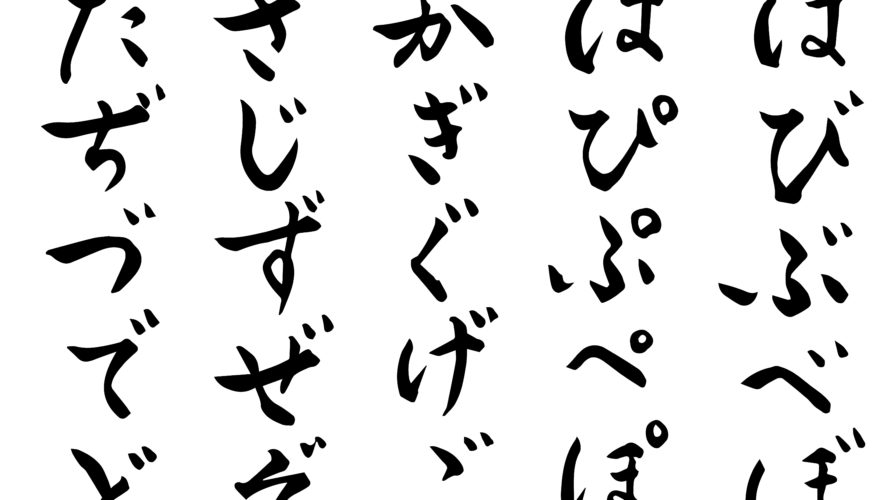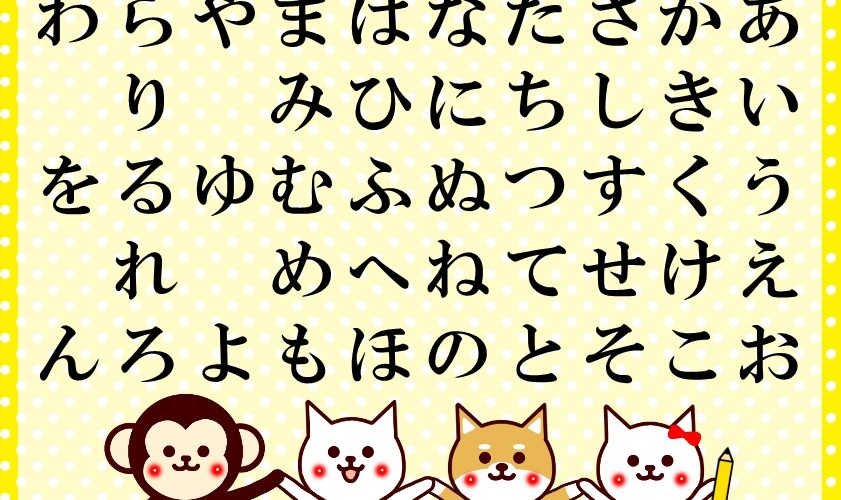Hi(こんにちは), welcome back to the complete beginner course of learning Japanese. In this post, I’m trying to write both in Japanese and in English to enhance your understanding of the Japanese language. However, 漢字(kanji), one of three writing systems in Japanese, is difficult for the absolute beginners, I will write it down using only ひらがな and カタカナ. こんにちは、にほんごちょうしょしんしゃコースへようこそ。こんかいから、みなさんのにほんごへのりかいをふかめるために、にほんごとえいご2かこくごひょうきでかいてみます。ただし、にほんごの3つのひとつである漢字(かんじ)はしょしんしゃにはむずかしいのでひらがなとカタカナでかいてみます。 Until the last lesson, we have learned ひらがな (hiragana). If you have no idea about ひらがな or not sure about reading hiragana, please take a look at this page. ぜんかいまでに、ひらがなをがくしゅうしました。もし、まだひらがなのことがよくわからない、またはよむのにじしんがないかたは、このページをみてください。 Moreover, since カタカナ(katakana), the topic of this post, and ひらがな correspond to each other exactly, I strongly recommend that you should review ひらがな. So, without further ado, let’s learn about カタカナ. それにくわえて、こんかいのトピックであるカタカナとひらがなは、それぞれがたいおうするので、ひらがなをふくしゅうすることをつよくすすめます。さて、まえおきはこれくらいにして、カタカナをまなびましょう。 The history of カタカナ (katakana) and its usage In this lesson, we are going to learn カタカナ(katakana), one of three writing systems in Japanese. カタカナ was historically started to be utilized to read Chinese in Japanese sentence structure since nine century. このレッスンからはじまるカタカナはみっつのにほんごのひょうきほうのうちのひとつです。カタカナはれきしてきには、9せいきからちゅうごくごをにほんごのぶんぽうでよむために、つかわれはじめました。 Nowadays, カタカナ(katakana)is mainly used when you describe some words which are initially from foreign language ones into Japanese. げんだいでは、カタカナはおもにがいこくごにゆらいするたんごをひょうげんするのにつかわれています。 For instance, ラーメン(Ramen)is written in katakana because it is originally from China. Though it has been […]
Welcome back to the complete beginner course of Japanese. After all, this is the last lesson of hiragana. Yay! If you haven’t seen the previous post, here is the link. After finishing this lesson, you can understand theoretically every single word written in hiragana. So, take it easy, and here we go! Learning hiragana (ひらがな) ③(っ, ゃ, ゅ, ょ) and essential Japanese words(にほんご) in 3 minutes How to use and type (っ, ゃ, ゅ, ょ)? The reason why I said it is easy is that technically, you have already learned about つ、や、ゆ、よ in the very first lesson of hiragana. So, you need to recognize that (っ, ゃ, ゅ, ょ) are just a small version of (つ、や、ゆ、よ). When you type (っ, ゃ, ゅ, ょ), you need to add “x” in front of つ(tsu)、や(ya)、ゆ(yu)、よ(yo). To put it differently, you can type like っ(xtsu), ゃ(xya), ゅ(xyu), ょ(xyo). You can download Japanese IME from here. “っ” can only make sense between other hiragana. For instance, まって(matte); wait We don’t use ( ゃ, ゅ, ょ) solely, but they are only put down after (き、し、ち、に、ひ、み、り、じ、び、ぴ.) In other words, only the following patterns exist. きゃ(kya), きゅ(kyu), きょ(kyo) しゃ(sha), しゅ(shu), しょ(sho) ちゃ(cha), ちゅ(chu), ちょ(cho) […]
Welcome back to a beginner course in learning Japanese(にほんご). If you have not seen my previous post, here is the post. When you have finished reading this post, you can read and understand most of the Japanese words written in ひらがな(hiragana) in Japanese(にほんご). Learning hiragana (ひらがな) ② (゛,゜) and basic Japanese words(にほんご) in 5 minutes You have already learned most of the ひらがな(hiragana) in the previous post, but there are some exceptions, such as “ ゛,゜ “. How to read and pronounce ひらがな(hiragana)with (゛) words? First, let’s learn about (゛). I think some of you may have already wondered that ひら “が(ga)” な includes “ ゛” on the upper-right corner of か(ka). (゛) is called “濁音(dakuon)”, which you don’t need to remember, all you have to do is to remember 20 consonant-vowel unions below. They are “か(ka)き(ki)く(ku)け(ke)こ(ko)“, “さ(sa)し(shi)す(su)せ(se)そ(so)”, “た(ta)ち(chi)つ(tu)て(te)と(to)”, “は(ha)ひ(hi)ふ(hu)へ(he)ほ(ho)”. They are converted to “が(ga)ぎ(gi)ぐ(gu)げ(ge)ご(go)”, ”ざ(za)じ(ji)ず(zu)ぜ(ze)ぞ(zo)”, “だ(da)ぢ(ji)づ(zu)で(de)ど(do)”, ”ば(ba)び(bi)ぶ(bu)べ(be)ぼ(bo)”. To sum up, it is easy to remember that they are basically converted like this. k→g、 s→z、 t→d、 h→b How to read and pronounce ひらがな(hiragana)with (゜) words? Next, let’s take a look at (゜). But, do not worry, there are only 5 hiragana. (゜) is called “半濁音(han-dakuon)”, which […]
If you are an absolute beginner of the Japanese language and do not know where to start, this video is for you. In your case, you should learn to read Hiragana(ひらがな). Even if you have zero knowledge about the Japanese language, after watching this video, you can become to read and understand some essential Japanese words.
Hi(こんにちは), welcome to a beginner course of learning Japanese. In recent years, Japanese cultures have attracted a lot of attention because of its foods and cultural heritages, and pop cultures such as Anime and Manga(Comics) and so on. In fact, the number of tourists to Japan is tripled in the last 5 years. On the other hand, learning the Japanese language is often considered very difficult especially for westerners. Surely, remembering a lot of Kanji(漢字)may needs hard work. However, learning the Japanese language systematically would lessen your burden for mastering Japanese. Learning hiragana(ひらがな) and basic Japanese words in 5 minutes Basic knowledge about the Japanese language If you are an absolute beginner of the Japanese language and do not know where to start, this post is for you. In your case, you should learn to read Hiragana(ひらがな). Even if you have zero knowledge about the Japanese language, after reading this article, you can become to read and understand some basic Japanese words. The Japanese language is composed of 3 types of characters, Hiragana, Katakana, and Kanji. Hiragana(ひらがな) is nearly equal to the English alphabet. It is taught at the very beginning in Japanese elementary schools. Basically, hiragana(ひらがな) consists of […]



